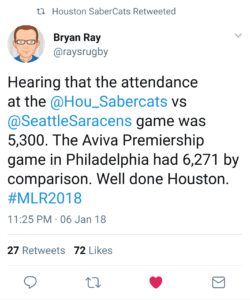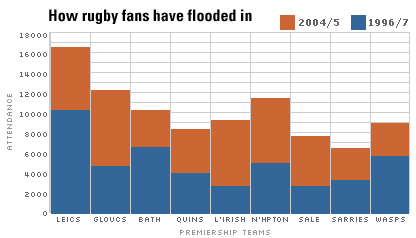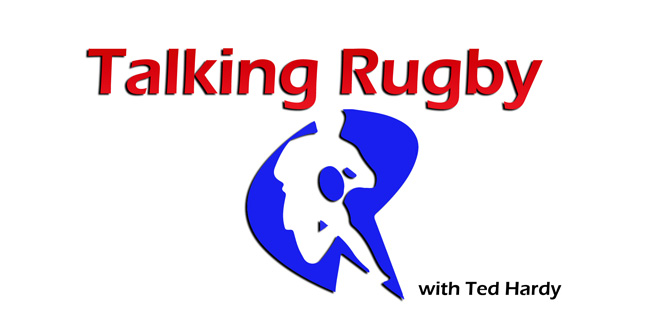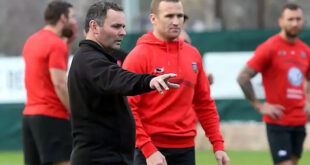Not even a full week into the New Year and there’s a Talking Rugby segment? Seeing as the last one was almost six months ago, I’m not going to come right out and say that it was one of my New Year Resolutions to write more… buuuuuuuttttttttt. We’ll see what happens.
On Saturday night the Houston Sabercats hosted the Seattle Saracens in a match at Constellation Field in Texas. While the first official match of the 2018 Major League Rugby season is still a few months away, the occasion was significant. Having already played a handful of scrimmages against local competition, the match on Saturday marked the official launch of the Sabercats exhibition season which covers a span of 11 matches that lead up to the start of the MLR season in April.

By all measure the match was a resounding success. The reported attendance for the match was around 5300. No small feat for a match in the United States. As pointed out by my ARN colleague Bryan Ray , the Aviva Premiership match that took place in Philadelphia in September drew 6271 fans.
The Seattle Saracens aren’t a member of MLR, but they are a formidable side and one of the top clubs in all of the United States. The Sabercats dispatched their visiting opponents to the tune of 50-7. I’m not here to provide match analysis, however the final score is a marker of sorts for Houston. For MLR and professional rugby to be successful, it needs to be above the best amateur rugby in North America by a wide margin. The Sabercats remaining exhibition schedule, loaded with strong opposition, should give everyone a clear indication of where they stand.
The real story here isn’t the score though. It is the work being done by Jeremy Turner and his team in Houston. The attendance figures from Saturday night really shouldn’t be much of a surprise. The Sabercats marketing and promotions have been everything that you come to expect from a professional level sporting franchise or operation. Solid social media presence, interaction with the community, engaging local media, and a strong brand to build a platform upon. This involved strong, consistent work over the span of months to reach this point. On top of that, Houston has proven time and time again that they will turn out for high profile rugby events. Aside from the All Blacks visiting Chicago, most of the highest attended rugby matches in US history took place in Houston.
Fast forward to the match against Seattle and the Sabercats served up a professional game day experience for their fans. The offerings included a tailgate, live pre-match entertainment, fan zones, hospitality areas, and even post-match fireworks. A professional sporting experience for fans. Not just throwing teams on the field and calling it professional. This was a professional operation on all fronts. If professional rugby is going to take foot in the USA, this is what is needed. Professional rugby isn’t just a matter of paying people to train and play. The entire organization needs to operate at a professional level from the players and coaches on the pitch to the office staff making things click behind the scenes.
If the 5300 fans Saturday night is any indication, then the Sabercats are running the right line. Now the pressure is on them to replicate, learn from, and build upon this event.
Here’s where we take a step back and look at the bigger picture.
The biggest looming issue I have with MLR, aside from profitability, is whether the clubs are going to operate at varying levels. To be successful as a whole, MLR needs each and every one of their seven inaugural clubs to click at the same pace in order to provide a consistent product for fans. Unless they are all operationally consistent then I fear that some clubs will tower above others and the competition will lack the parity needed to make it interesting to a wider audience. Variations in styles are welcome and expected, but the underlying standards need to be consistent.
Each club has their share of solid talent on contract although the question of depth will certainly rear it’s head once the season begins. Competitive balance will play a factor in the success of the maiden season for MLR. That’s a conversation for another time though. Same goes for the matter of the sanctioning agreement, which hopefully will be in place for the start of the season.
Off the pitch, it is the little things that make a difference to the fans. The overall fan experience goes beyond what happens on the pitch. It involves the game day experience, community engagement, and social media interaction among a host of other opportunities to endear themselves to new fans. Can each and every club match the experience that Houston provided fans on Saturday? There’s little doubt that Glendale will ring the bell. They’ve been setting the pace on that front for years seemingly in preparation for this very moment. Houston has certainly followed suit and provided proof on Saturday. Now it’s up to the likes of Austin Elite, Utah Warriors, Seattle Seawolves, NOLA Gold, and SD Legion to match them. The standard has been set.
How will this all play out? We’ll find out in another few months. At that point we’ll know whether we’re seeing the beginning of the true dawn of professional rugby in the United States. There are still hard roads ahead.
This is not a “build it and they will come” situation. Nor will it be an overnight success outside of the rugby faithful. Converting new fans to the sport of rugby is a build it, work for it, grow it, and never let up proposition. Rome wasn’t built in a day and neither will the MLR fanbase. It will take slow and steady progress. All professional competitions have been through it, we’re just going through it 20 years after everyone else.
If you’re interested in some more comparison, here is a look at the average attendance progression from the first season that the English Premiership went professional. Six clubs that averaged between 3000-5000 fans per match. Only one club that averaged over 10,000. Almost ten seasons later in 2004/2005 the Premiership numbers posted were modest by professional sports standards.

These are realistic numbers for a startup rugby competition and provide a target for MLR.
Strong, consistent application of growth strategy. No cutting of corners. We’ve often cut corners in American rugby in efforts to jump ahead of our development trajectory. For the sake of success, I hope that those involved with MLR buck that trend and take the slow and steady route.
 Americas Rugby News Rugby news from across the Americas!
Americas Rugby News Rugby news from across the Americas!




